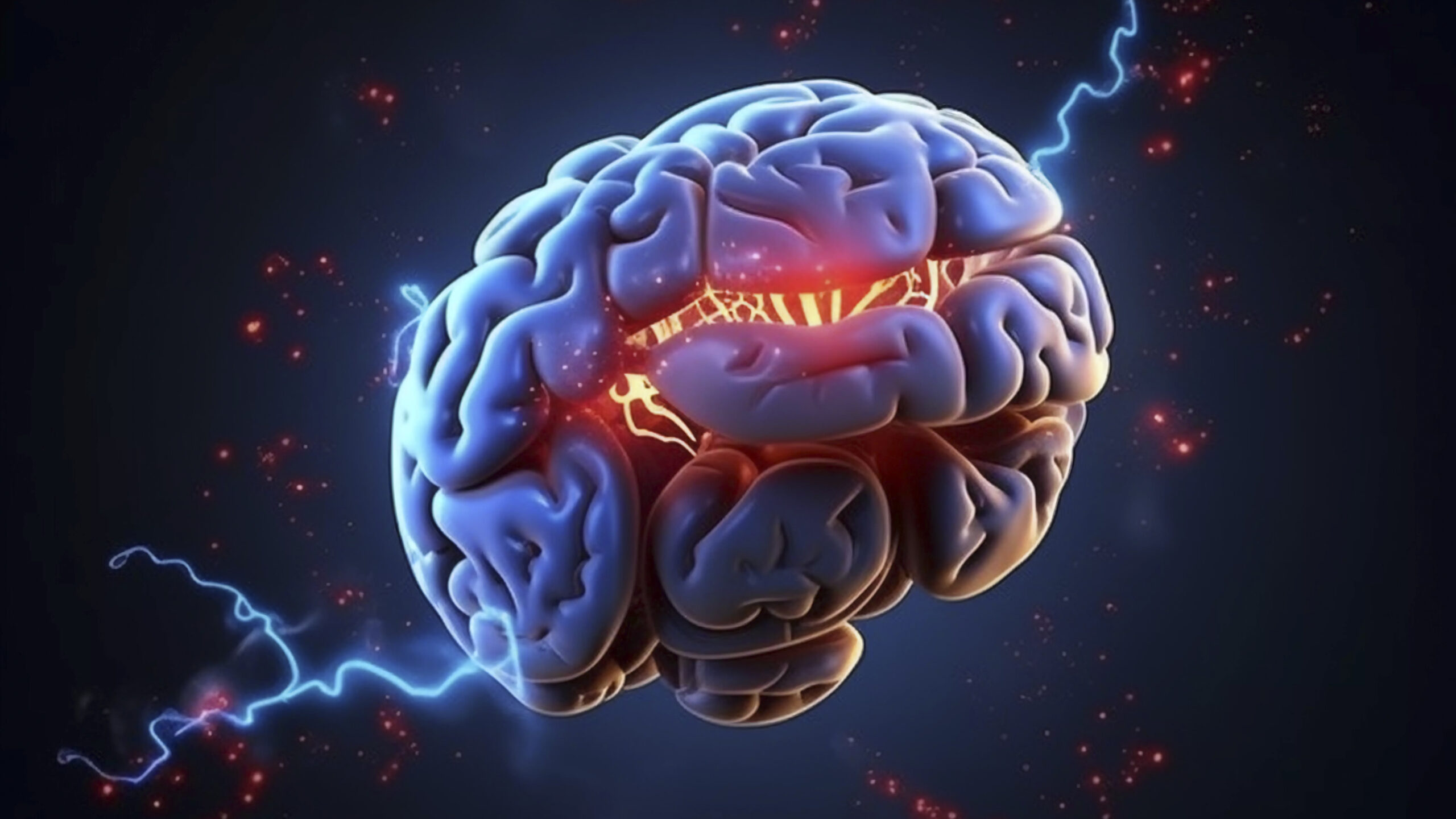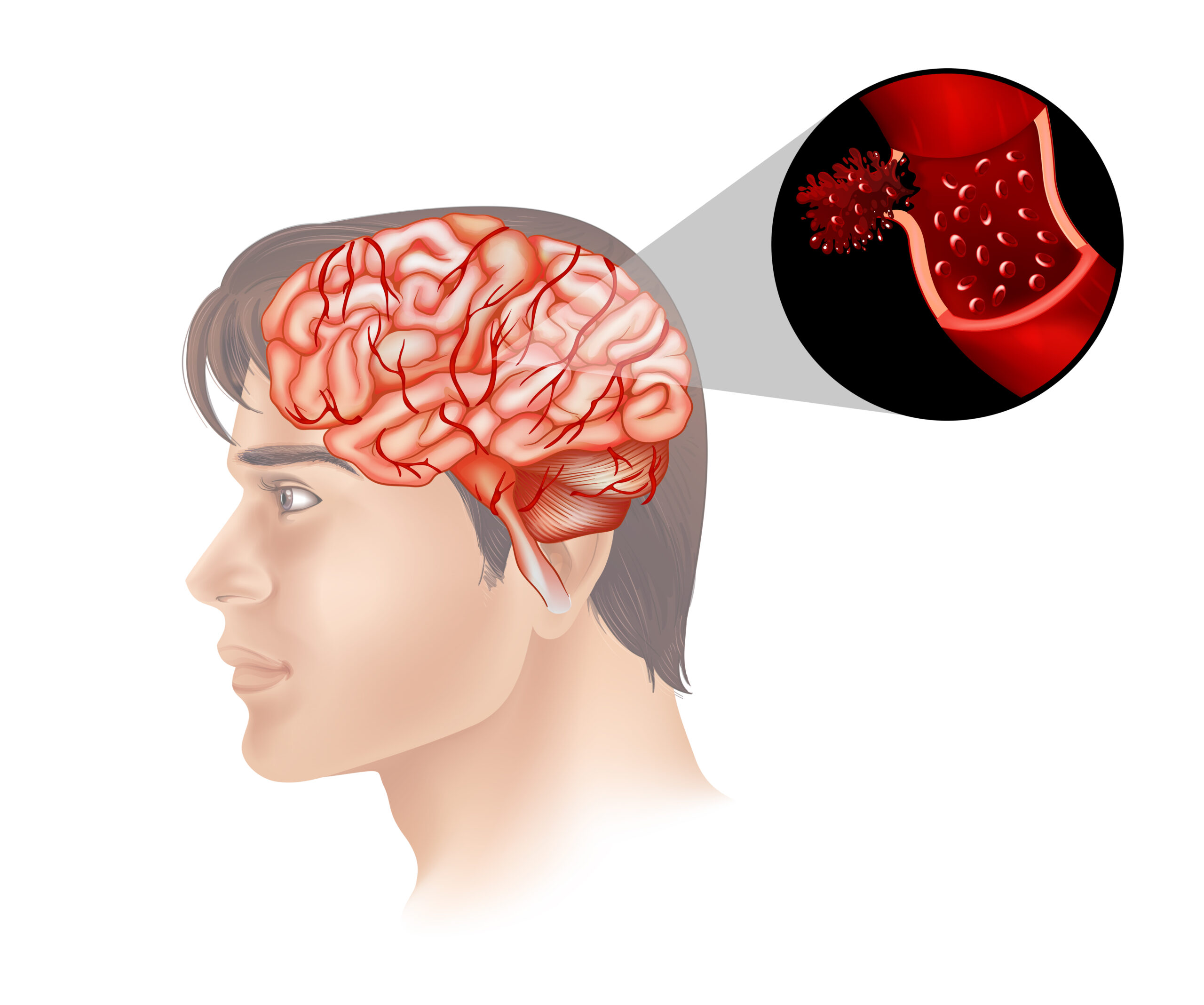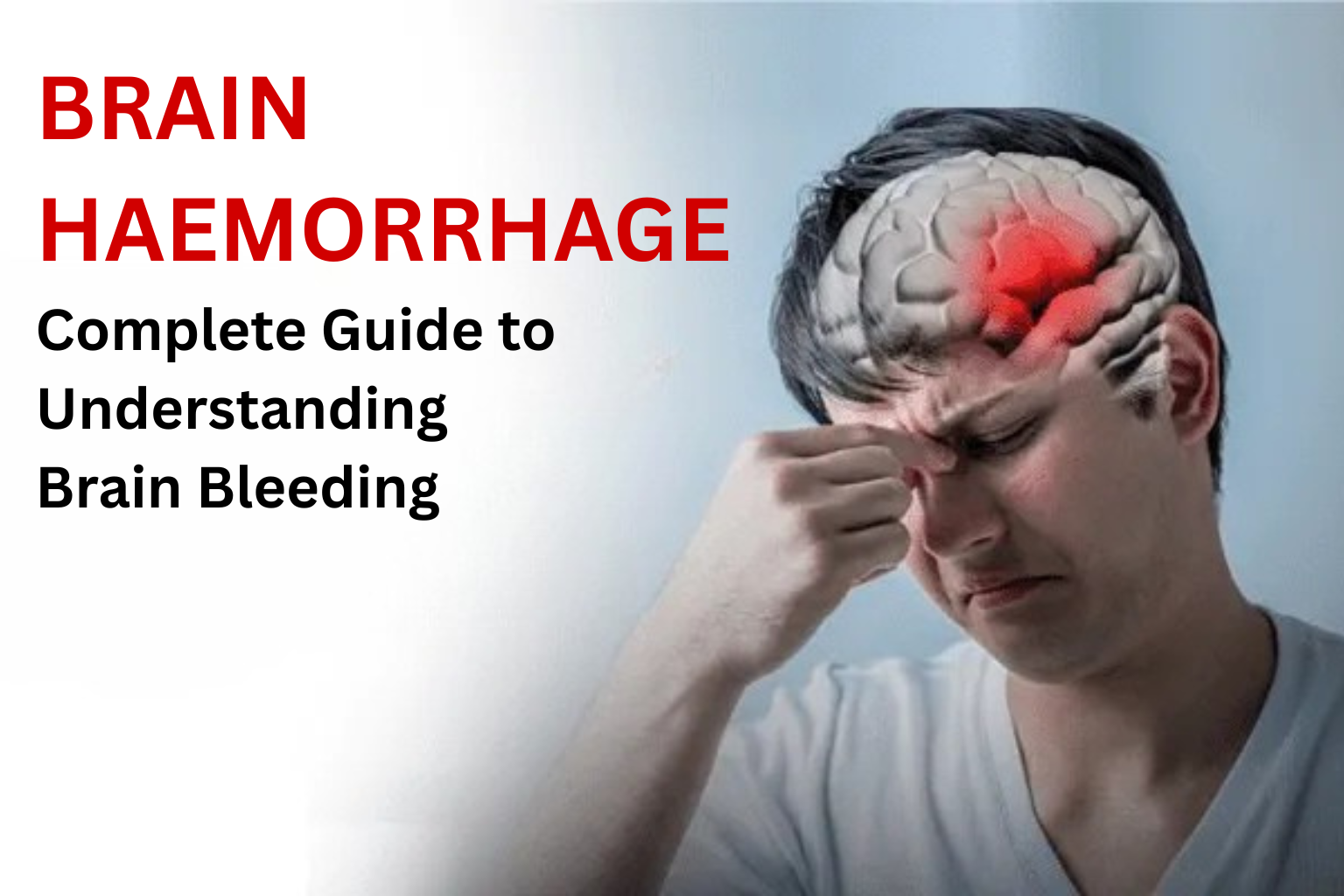Ischemic Stroke: Symptoms, Treatment And Recovery Guide

Ischemic stroke is a severe health condition that impacts on millions of humans globally annually. Knowledge of what causes an ischemic stroke, its signs and symptoms and the treatment options available can be a saving grace. We will address all that you need to know about ischemic strokes, their prevention and why you need to seek medical attention immediately.
What Is Ischemic Stroke?
Ischemic stroke occurs when blood flow to the brain is blocked by a clot or by a narrow blood vessel hence, blocking blood flow to the brain cells, thereby, preventing oxygen delivery to the brain cells. The type is the most prevalent of all strokes where about 87 percent of all strokes occur.
It do not involve the bleeding into the brain which causes it to be clogged unlike hemorrhagic strokes which may require them to be treated at once creating a medical emergency.
What Causes Ischemic Stroke?
The most important step in the prevention process is to comprehend the cause of ischemic stroke. This life-threatening condition can be brought about by a number of factors. Blood clots are the primary suspects that arise in the arteries of the brain (thrombotic stroke) or they find their way to the brain through the other body organs; in most cases, the heart (embolic stroke).
Atherosclerosis is a condition whereby fatty deposits accumulate on the walls of the arteries and could potentially cause the narrowing of blood vessels and decay of blood supply to the brain.
High blood pressure which destroys the walls of the arteries, diabetes which undermines the health of blood vessels, high cholesterol which promotes the formation of plaque, heart disease, atrial fibrillation, smoking, obesity and absence of physical exercises are the other significant risk factors.
Besides, it is other pathologies like carotid artery disease -narrowing of vessels in the neck, which transport blood to the brain which influence the risk of a stroke significantly. It is also due to family history, age and previous transient ischemic attacks (TIAs).
What are Symptoms of Ischemic Stroke?
The signs and symptoms of ischemic stroke should be identified as Time is brain. It is an acronym used to recognise warning signs ( FAST): Face drooping, Arm weakness, Speech difficulty, and Time to call emergency services.
Other signs are abrupt weakness or feeling of numbness, especially on one side of the body, confusion or speech difficulty, the sudden loss of vision without any reason, a severe headache without cause, and walking or immobility.
What is acute ischemic stroke? It is a sudden manifestation of symptoms that must be addressed as an emergency. Time is a crucial factor, as brain cells decay in the lack of enough oxygen.
Call emergency services if you experience any of the following symptoms or if someone approaches you.

Is Ischemic Stroke Dangerous?
Yes, ischemic stroke is highly hazardous, and it is a medical emergency. The threat is that there is a quick death of oxygen-deficient brain cells. Stroke may result in permanent disability, cognitive impairment, paralysis, loss of speech, vision problems, or even death, depending on the brain region impacted as well as the speed of treatment given. The extent depends on the location and duration of the stroke as well as the speed at which the individual receives the emergency care.
Nevertheless, the fact that it can be cured should also be mentioned. Although the harm caused by a stroke cannot be undone, early intervention is capable of limiting brain damage and enhancing the recovery outcomes of a stroke.
Treatment Options for Ischemic Stroke
- Time-sensitive interventions are essential.
- The primary medical intervention is through thrombolytic therapy, also referred to as a clot-busting drug, which is typically administered during the first few hours after the onset of symptoms. This drug is used to break up blood clots.
- In more serious cases or where medication is insufficient, more complex endovascular treatment may be required, such as mechanical thrombectomy. It is a minimally invasive procedure that involves inserting a catheter into the inside of blood vessels and can be used to remove the clot by force.
- Diagnostic Interventions, such as CT scans and MRI, are also advanced imaging techniques that assist doctors in deciding on the most appropriate treatment.
Can Ischemic Stroke Be Cured?
The solution is in Time and treatment. Although it is impossible to reverse the damage caused by acute ischemic stroke after it has already happened, timely intervention can also be of great help in reducing the damage and enhancing recovery.
That is the reason why Time is said to be the brain in the case of stroke care. Through early treatment, patients can expect to recuperate significantly, although inevitable consequences may be lifelong, given the severity and the location of the stroke.
How to Prevent Ischemic Stroke
It is better prevented than cured. Ischemic stroke prevention is associated with lifestyle change and drug therapy.
Main Measures to Prevent Ischemic Stroke:
- Keep blood pressure within a normal range through:
- Healthy diet
- Regular exercise
- Medication (if prescribed)
- Maintain healthy blood sugar levels (especially for people with diabetes)
- Quit smoking completely
- Maintain a healthy weight
- Exercise regularly — at least 150 minutes per week
- Eat a heart-healthy diet, including:
- Plenty of fruits, vegetables, and whole grains
- Limited salt and saturated fats
- Limit alcohol intake
- Manage stress through relaxation techniques and balanced routines
- Take prescribed medicines for conditions like atrial fibrillation or high cholesterol
Recovery After Ischemic Stroke
What occurs in the case of an ischemic stroke? Recovery is a long-term process that involves rehabilitation, treatment, and lifestyle changes. Physical therapy, which aids patients in becoming strong and mobile, speech therapy, which helps patients overcome communication difficulties, and occupational therapy, which assists patients in learning how to perform daily activities again, are of assistance to most patients.
The plasticity of the brain implies that the other healthy portions of the brain can compensate for the damaged part, and recovery is optimised through intensive rehabilitation.
The majority of the dramatic recovery occurs within the first few months, although the progress may extend over a couple of years. Medical personnel, family, and friends can make a significant contribution, even during this challenging time.
Seeking Expert Care
In case of risk or an ischemic stroke or one has experienced it, it is always important to find professional medical attention.
Dr. Arvind Nanda is one of the most renowned interventional radiologists in the Delhi NCR and has participated in the specialization of the treatment of cerebrovascular conditions to over 20 years of impressive experience.
He is an expert in the sophisticated endovascular surgeries on the brain strokes, brain aneurysms, and arteriovenous malformations. Also a well-known neuroradiologist, and his treatment is no exception, as it is the most life-saving and minimally invasive approach. His experience in mechanical thrombectomy and other innovative procedures in interventional radiology are a plus in his selection as the preferred practitioner in management of acute stroke of an ischemic nature.



